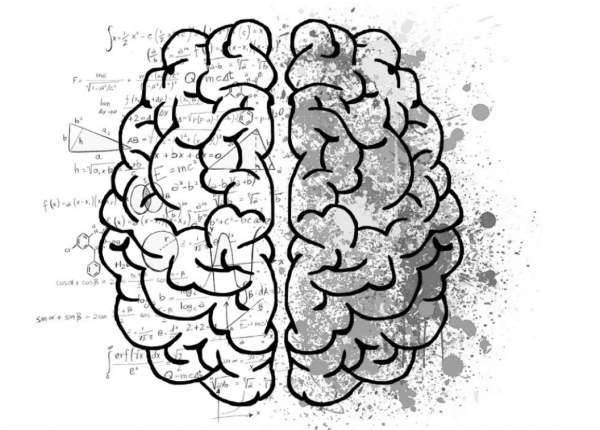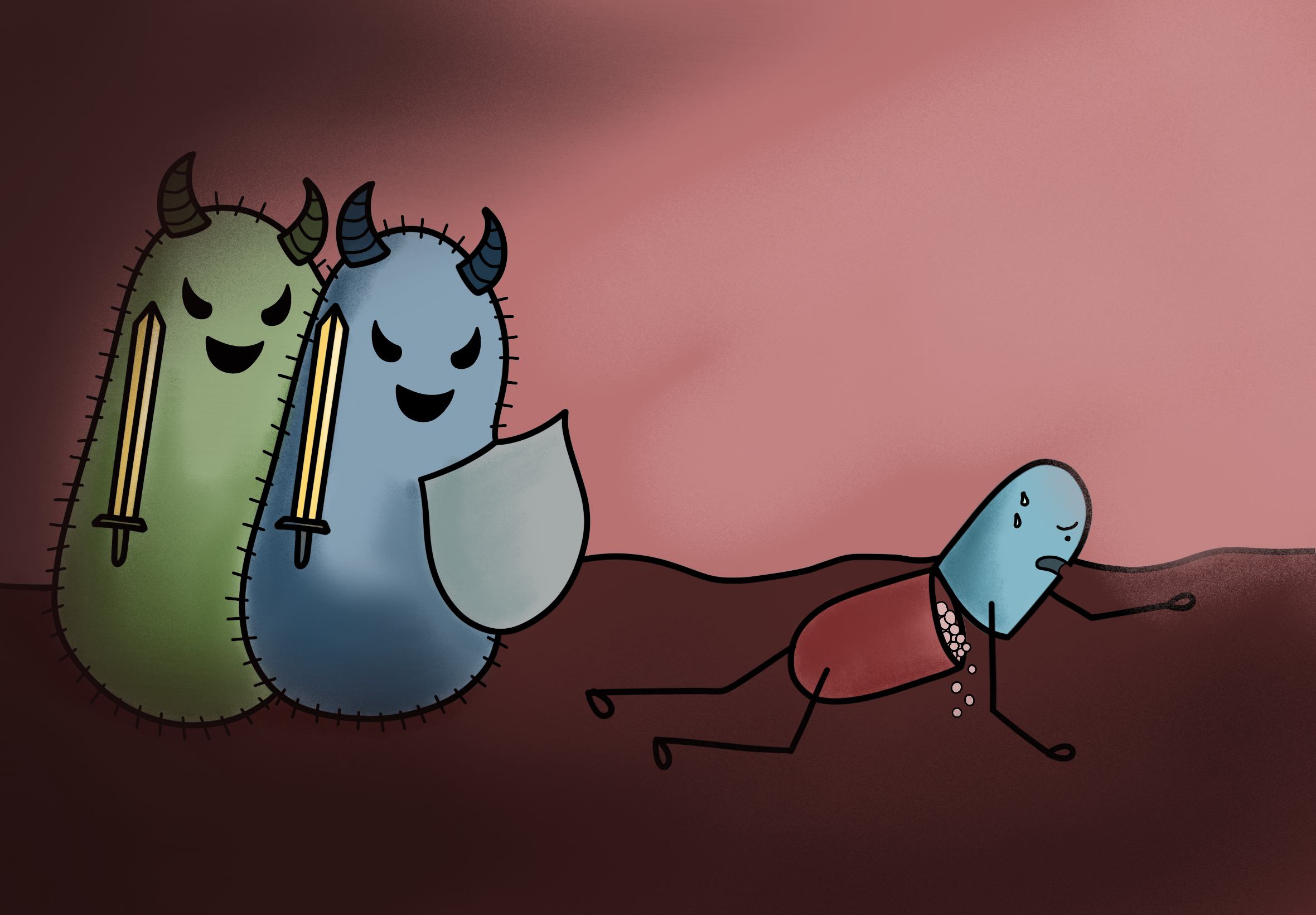For much of history, Western theories of what makes people different from each other, such as phrenology, or the pseudoscience linking head shape to mental traits, have been based on the observable, physical differences in our brains. Such theories are unsubstantiated. However, pop culture continues to perpetuate the myth that people tend to be more left or right brained, and that this affects their personality .
A 2013 study conducted at the University of Utah analyzed over 1,000 brain scans of individuals aged 7 to 29 to determine whether the hemispheric dominance theory had any substance. The answer was a resounding no: Variations in lateralization, or how lopsided one’s brain activity is, only exist within individual brain structures, such as the hypothalamus or the cortex, and not in the brain as a whole. Even then, the impact that lateralization has on cognition is unclear.
“Lateralization of brain connections appears to be a local, rather than global, property of brain networks,” the study’s abstract reads. “Our data [is] not consistent with a whole-brain phenotype of greater ‘left-brained’ or greater ‘right-brained’ network strength across individuals.”
Further, contrary to the notion that the right brain is responsible for creativity and artistic talent while the left brain is more analytical, most tasks—even purely logical ones like solving a math equation—involve structures throughout the whole brain.
The myth’s origin, according to McGill’s Office for Science and Society (OSS), can be traced back to the 19th century. Paul Broca, a French physician, discovered that language processing occurred in an area on the brain’s left side after observing that patients with damage to the area had difficulty understanding speech. These findings proved useful in validating widespread racist and sexist views, contributing to the myth’s longevity.
“When a higher intellectual ability, like language, was found to be localized to the left hemisphere, people interpreted these findings as an explanation for why white men were intellectually superior, because they had a dominant left brain, of course!” OSS Intern Cassandra Lee wrote in an article for the OSS.
In recent years, the right and left brain myth has had a much more benign effect. It was re-popularized in Betty Edward’s 1979 book Drawing on the Right Side of the Brain, a collection of drawing exercises for adults which advised readers to get into ‘R-mode’ (a euphemism for ‘right-mode’) to enhance their creativity. Despite its lack of scientific substance, the book was a bestseller: Three million copies sold worldwide, and the book remains in print to this day.
Debunking theories of hemispheric dominance is relatively easy; providing an alternate explanation for why some people seem more innately creative than others is harder. Logical thinking as a component of intelligence is determined by a combination of genes and one’s environment. However, scientists are only just beginning to understand the neurological basis of creativity.
A 2018 neuroimaging study from the University of Pennsylvania may point to the answer. The study found that participants who excelled in ‘divergent thinking’—measured by how many different uses they could think of for a simple object such as a sock—had stronger connections between the neural networks responsible for spontaneous thinking and goal-setting. Creativity, then, is not just the ability to generate new ideas but to discern which are useful.
Despite the popular myth, brains are far too complex to divide into two neat and independent halves. Rather, they are complex networks of highly-specialized areas. While we might be a long way from fully understanding the physical basis for our mental proclivities, new research suggests that creativity is not determined by which parts of the brain are stronger, but by how well they can connect.









